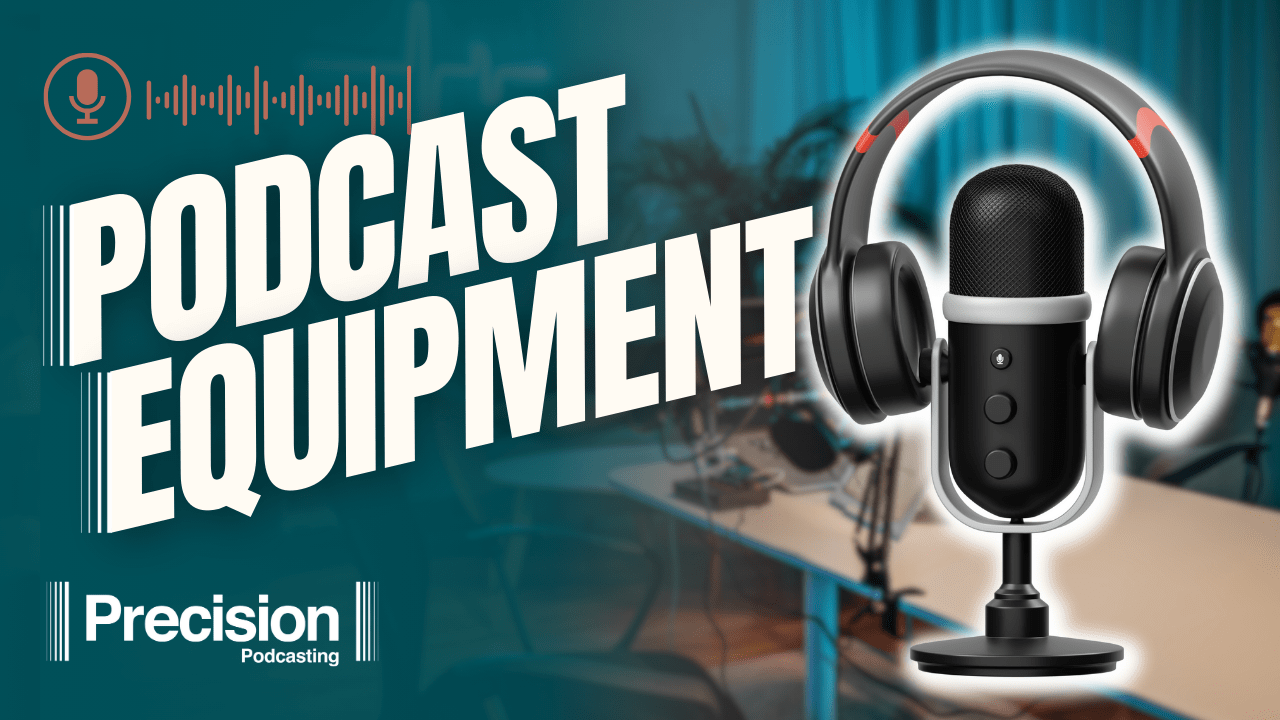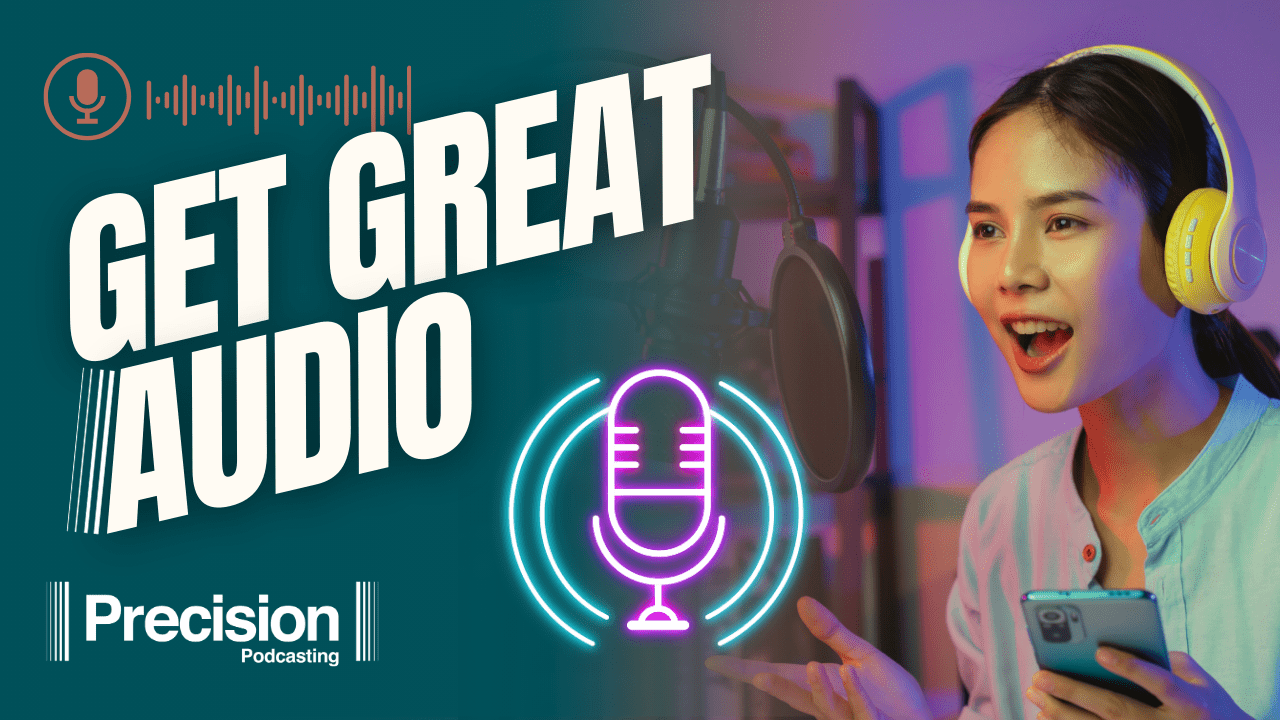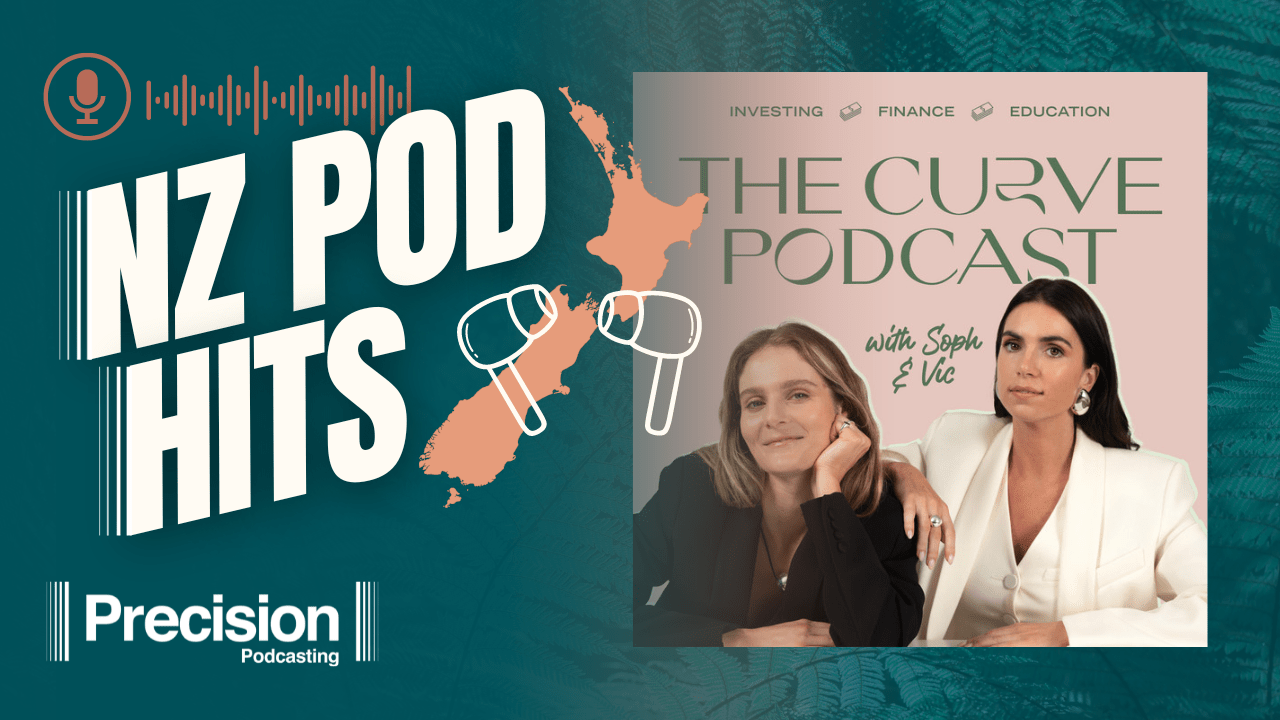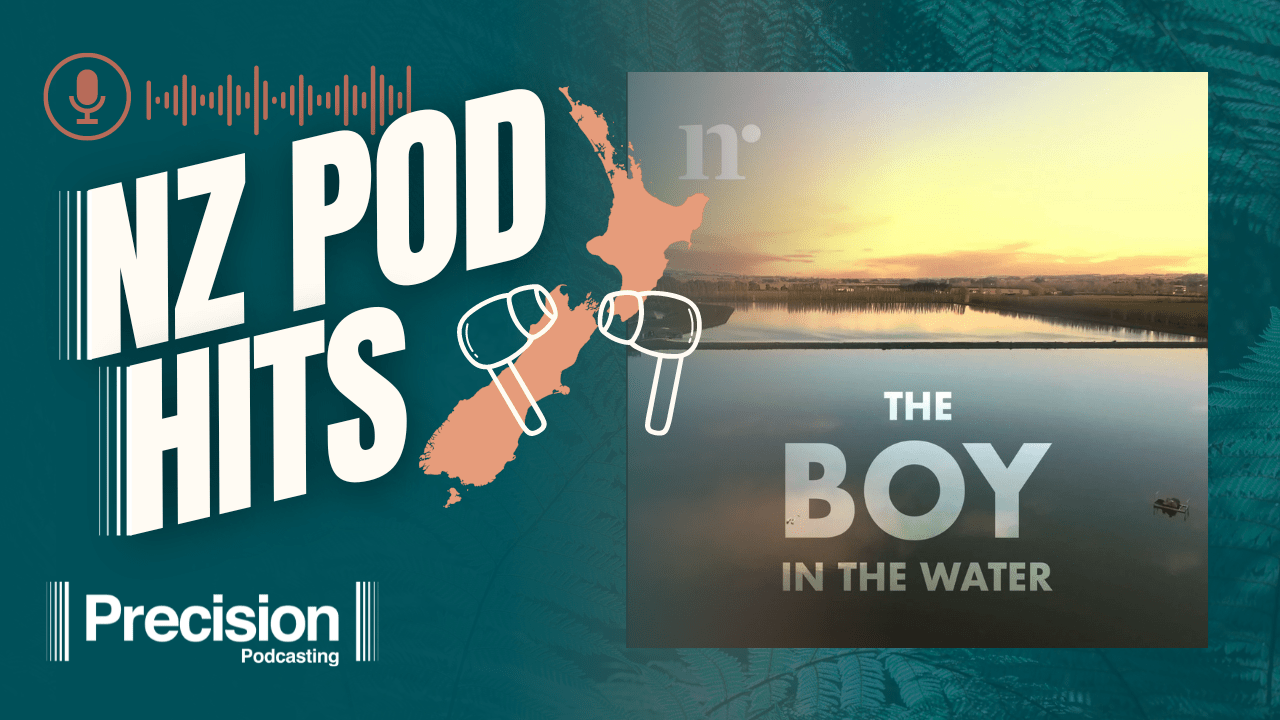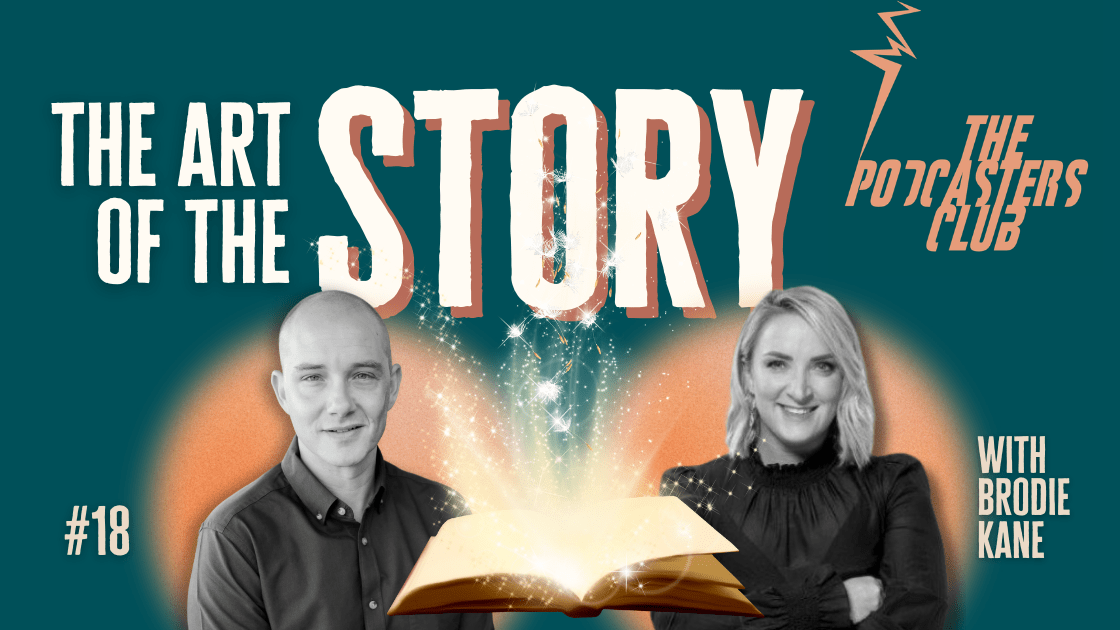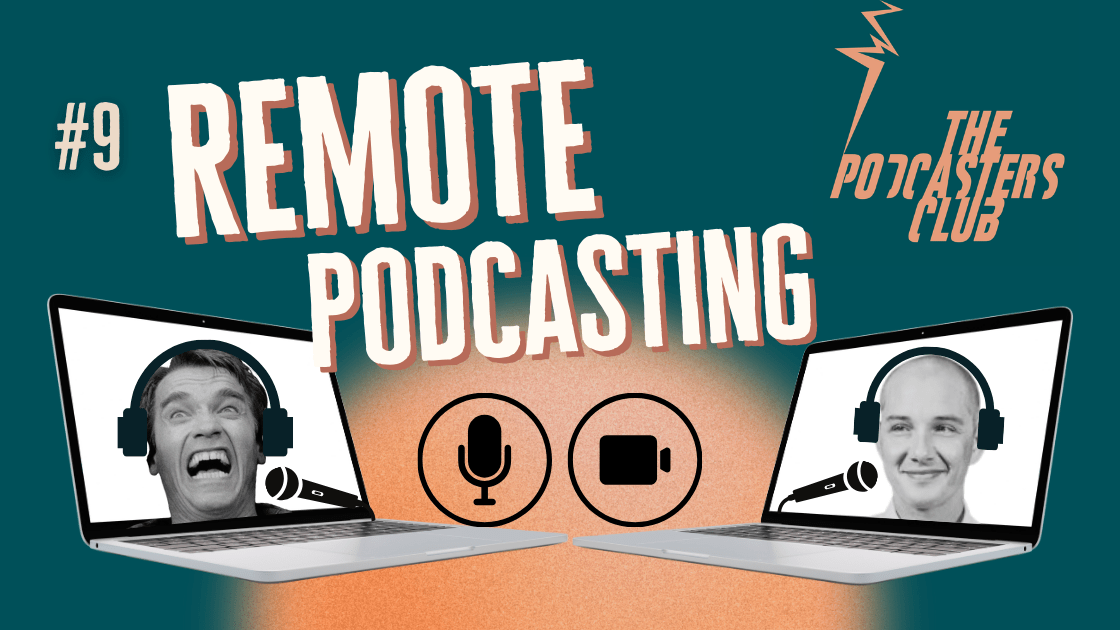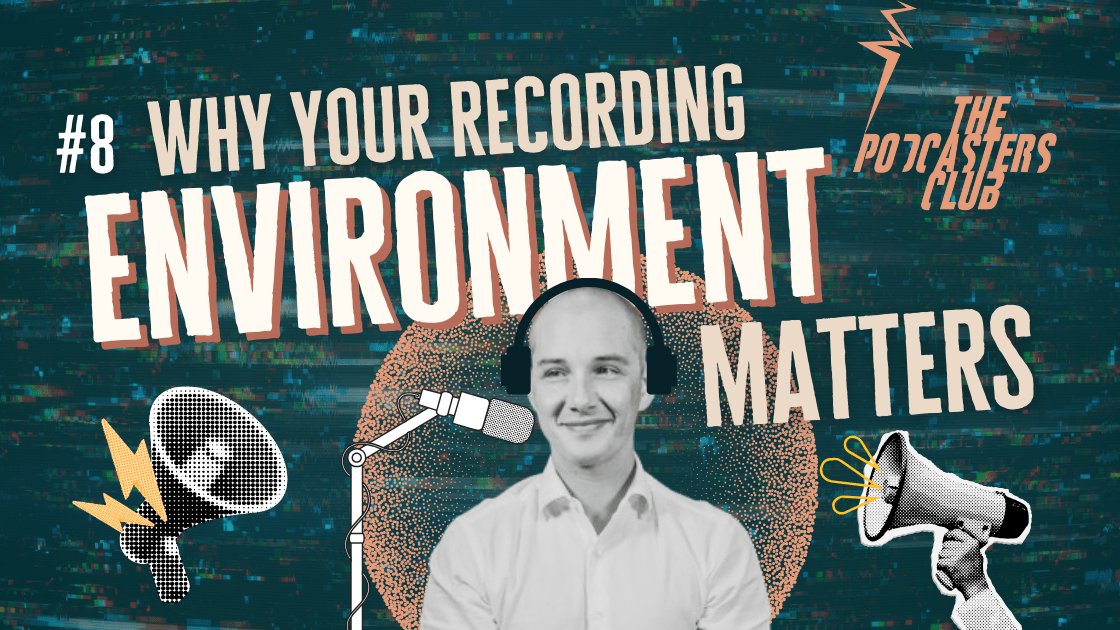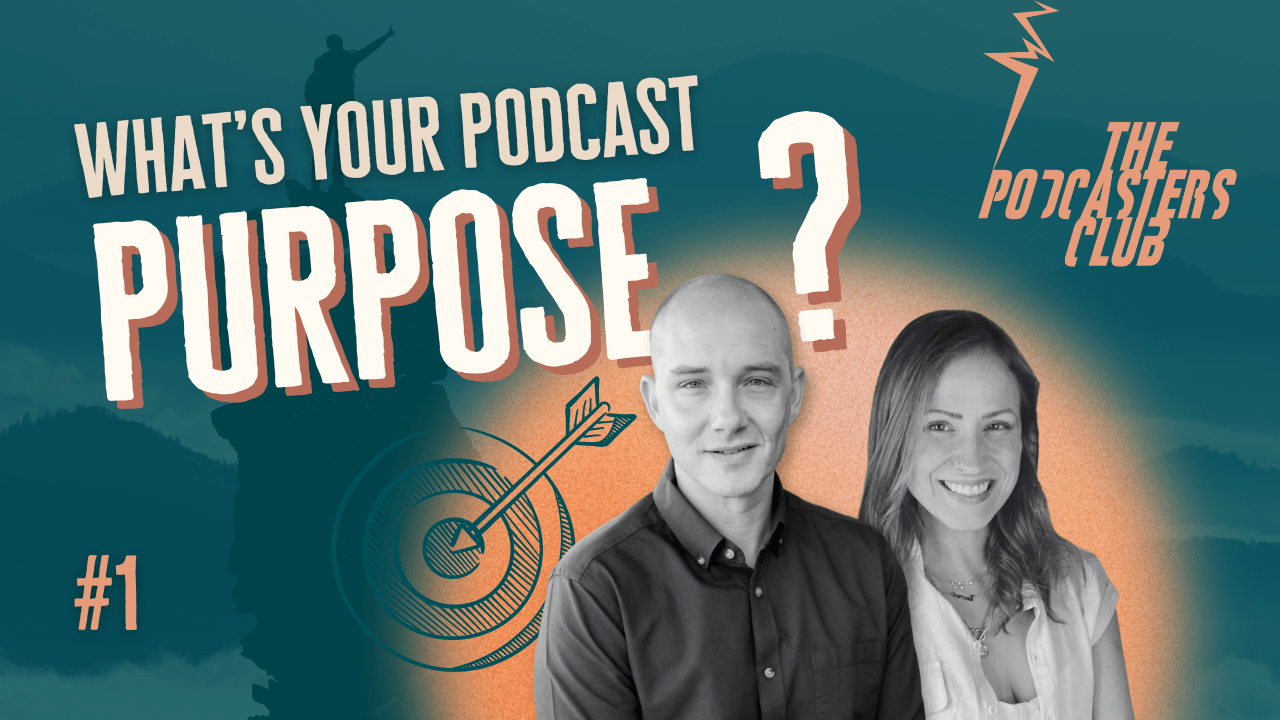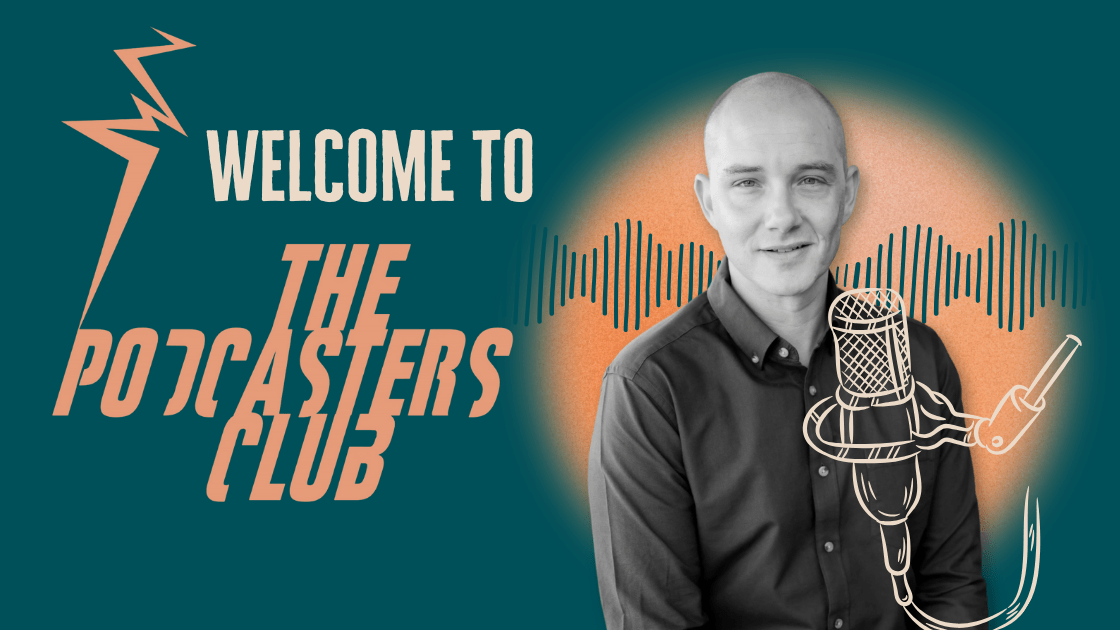The Complete Guide to Podcasting Equipment.
When you’re getting setup to start podcasting, the amount of gear and variety of options can be overwhelming. What gear do you need to start a podcast? Do you need headphones? What type of microphone is best for podcasting? What is best for portable podcasting? Thankfully, you’ve found this guide! Here you’ll find the basic info you need to get started creating awesome episodes.
Anyone has the right to start a podcast using their smartphone to record and publish, and if you’re just making a podcast for fun and don’t really expect anyone to listen, then, by all means, go down that path; it’s cheap and easy.
However, if you have even the slightest aspiration of getting people to listen to your podcast, you’ll need to produce your audio at a quality people will want to listen to, and that means taking some care with your recording.
The level of your investment is up to you. One of my most successful podcasters uses a $75 microphone and a cheap set of earbuds to great effect, another requires thousands of dollars worth of microphones and preamps to produce the quality that they and their listeners expect.
Here are the essential gear components to a quality podcast sound recording.
While poor quality audio won’t exclude you from having a successful podcast, having excellent quality audio certainly increases your chances.
A Computer That Won’t Crash
Most podcasters will need a computer to capture and edit their audio. While iPhones and iPads can be used for recording in a pinch, a computer is generally necessary for the editing stage, which involves adding intros, outros, music, and exporting the final product.
The good news is that most computers purchased in the last five years should be sufficient for basic podcast editing. Ideally, you'll want a machine with an i5 processor or better, 8GB of RAM or more, and an SSD hard drive for optimal performance.
If you are outsourcing your podcast editing to experts, this negates the need for pro-level computer specs. Contact Precision Podcasting now to inquire about our services.
Audio Recording Software
To record your podcast, you'll need dedicated audio software, often referred to as a Digital Audio Workstation (DAW). Two popular and user-friendly options for beginners are Audacity (free) and GarageBand (free for Mac only). These programs allow you to record and edit your audio, add music and effects, and export your podcast in a format suitable for distribution platforms.
Selecting a Microphone
A microphone converts your voice into an audio signal for recording or reproduction. Your phone has a mic, your laptop has a mic, but these are low-quality and functional. Since podcasters are in the business of audio, we need to use a higher-quality microphone to capture that sweet voice of yours.
The fundamental rule of recording is ”good quality in = good quality out”.
This means that if you start with quality, in this case with the microphone that captures your voice, your podcast will sound better. Simple!
Here's a breakdown of popular microphone options:
USB Microphones:
Ideal for beginners, these user-friendly mics connect directly to your computer via USB for a hassle-free plug-and-play experience. However, some higher-end USB mics may require additional configuration to achieve optimal sound quality.
There are two main reasons podcasters who use USB mics fail to capture good-quality sound.
they don’t use the microphone correctly, and
the majority of the mics advertised as ‘podcasting mics’ are condenser microphones, which most often aren’t suitable for beginner podcasters.
Dynamic mics are much less sensitive, which is why I recommend using these for podcasting. Keep them nice and close to your mouth and they’ll be forgiving of recording in your lounge or home office.
Some USB mics worth researching are the Audio Technica ATR2100, the Samson Q2U, and the Rode Podcaster USB.
Here is our review & test of the Yeti Blue X.
XLR Microphones:
Favoured by professional podcasters, XLR mics offer superior sound quality and more control over audio levels. They require an audio interface (explained below) for connection to your computer.
We talked about dynamic vs condenser microphones above, and with professional mics it’s no different. Dynamic mics are best for podcasting.
There are lots of different brands but some good examples to start with are the Shure SM58, the AKG D5, the RODE PodMic and Rode Procaster. If you want to go for more of a professional broadcast mic, look into the Shure SM7b and the Electro-voice RE20.
One more thing on mics - you need a microphone for each voice on your podcast. So if you plan on recording 3 people at the same time, you need three mics. If you’re doing a solo show or interviewing people remotely, you might only need one but it’s a good idea to check in with your guest and see what microphone they plan to use for the interview.
Don’t ruin your audio with poor mic technique!
A professional standard microphone won’t save you from poor microphone technique.
Go to this article to learn the industry standard practices for speaking well into the microphone.
Audio Interfaces
An audio interface acts as the bridge between your XLR microphone and your computer. It converts the analog signal from your mic into a digital format your computer can understand.
Interfaces have what we call microphone ‘pre-amps’, which are amplifiers for your mic, allowing you to adjust the input gain. This is handy if you have a quiet speaker and need to turn up the level, or a loud speaker and want to lower the gain so you’re not getting distortion.
Interfaces also have a headphone output, so you can monitor your audio directly using headphones.
The main thing you need to consider is how many inputs you need depending on how many guests or hosts you plan to have recording with you.
The next consideration is connectivity. Choose an interface that will connect to your computer inputs directly, for example - does your computer have USB or thunderbolt ports, or something else?
Prices can range widely, but here are some low and mid-range options for you to consider:
Entry-level audio interfaces:
The Focusrite Scarlett 2i2 - the highest selling interface in the world. I own one and it’s great.
The Audient iD4
The SSL 2+.
Mid-range audio interfaces:
I’d recommend the Universal Audio Apollo Twin, which is my daily driver.
The Rodecaster Pro
The Apogee Symphony.
Choosing Headphones
Wearing headphones when recording a podcast allows you to hear your own voice as it’s being recorded. This might sound like your worst nightmare, but it’s actually a great advantage as it allows you to hear any mistakes you’re making, and correct them.
In an ideal world, every speaker with a microphone will have headphones on and be able to hear themselves and others. This isn’t a rule, but it’s absolutely the best scenario and what I recommend.
Closed-back headphones prevent sound leakage from your headphones which could be picked up by your microphone.
When you’re recording podcasts remotely, your guests must always wear headphones - no exceptions. This is to avoid their mic picking up your voice, something that will ruin a recording. Even if they just have earbuds, it’s better than nothing. No headphones, no recording.
Recommended headphone options:
Optional Extras to Go Pro
Once you've mastered the essentials, consider these additional tools to enhance your podcast:
Headphone Amps: These split the audio signal to multiple outputs, each with its own volume control. This means that you can connect multiple headphones, super handy if you have more than one speaker recording at the same time. Go for the Behringer HA400 microamp or the Mackie HM-4.
Microphone Stand: Ensures proper mic placement, minimal movement and reduces background noise. Look for desktop mic stands or boom arm stands and decide which works best for you.
Pop Filter: Pop filters are the thin foam or fabric barrier between your lips and your microphone. They look like a circle with a pantyhose stretched over it, or a foam sock. They help reduce plosives like you get from saying “Precision Podcasting”. They’re a cheap investment in notably better sound.
Mobile Recorders: I recommend Zoom portable recorders like the Podtrack, the H4n, the H6 and the H8. The H6 for example is the recorder I recommend the most.
Remember: You don't have to break the bank to get started. Invest in high-quality audio essentials, and gradually add on equipment as your podcast grows.
Smartphone/Tablet Recording:
Significant advancements have been made in mobile recording technology. While I primarily focus on professional setups in this guide, some podcasters achieve good results recording and editing entirely on their smartphones or tablets using specialized mics and apps. However, it's important to note that achieving studio-quality audio in less-than-ideal environments (e.g., parks, bars) remains a challenge with mobile recording.
Geared for Greatness
With the right gear in your arsenal, you're well on your way to launching a fantastic podcast. Remember, the most important thing when it comes to gear is that you’re being conscious about your audio decisions, making choices appropriate to your podcast and doing the best with what you have, eg, with microphone technique, wearing headphones, etc.
If you want to set yourself up with quality audio from day one, book a consult with us, we know great audio.
Before you buy.
Before you dive into researching and buying gear, I’d recommend reading this guide on the Styles of Podcasting, as the style of your podcast will help determine the equipment you need to make it.




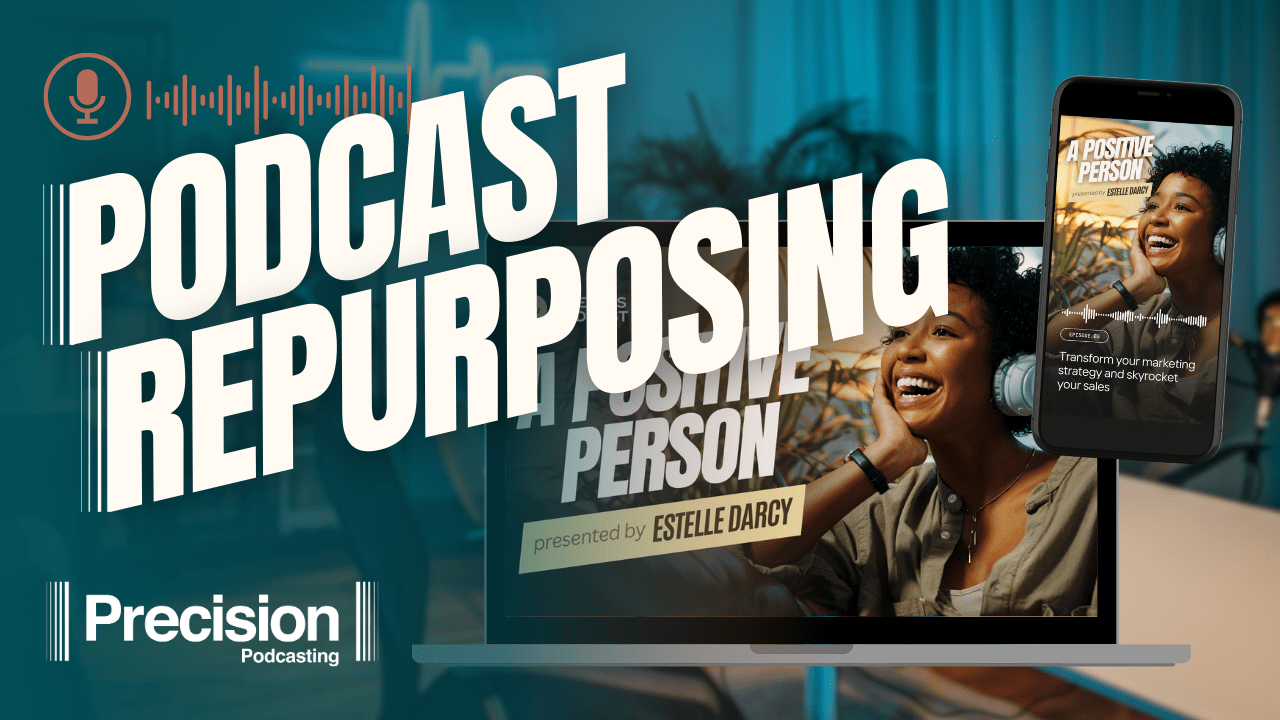
![Podcast Perfection: The Difference Mastering Makes [with audio examples]](https://images.squarespace-cdn.com/content/v1/6632edd588483f6e2a0bc4fa/1715541221604-A295QS3ZCR90MP2GSZ6W/Podcast-Mastering-PrecisionPodcasting.png)

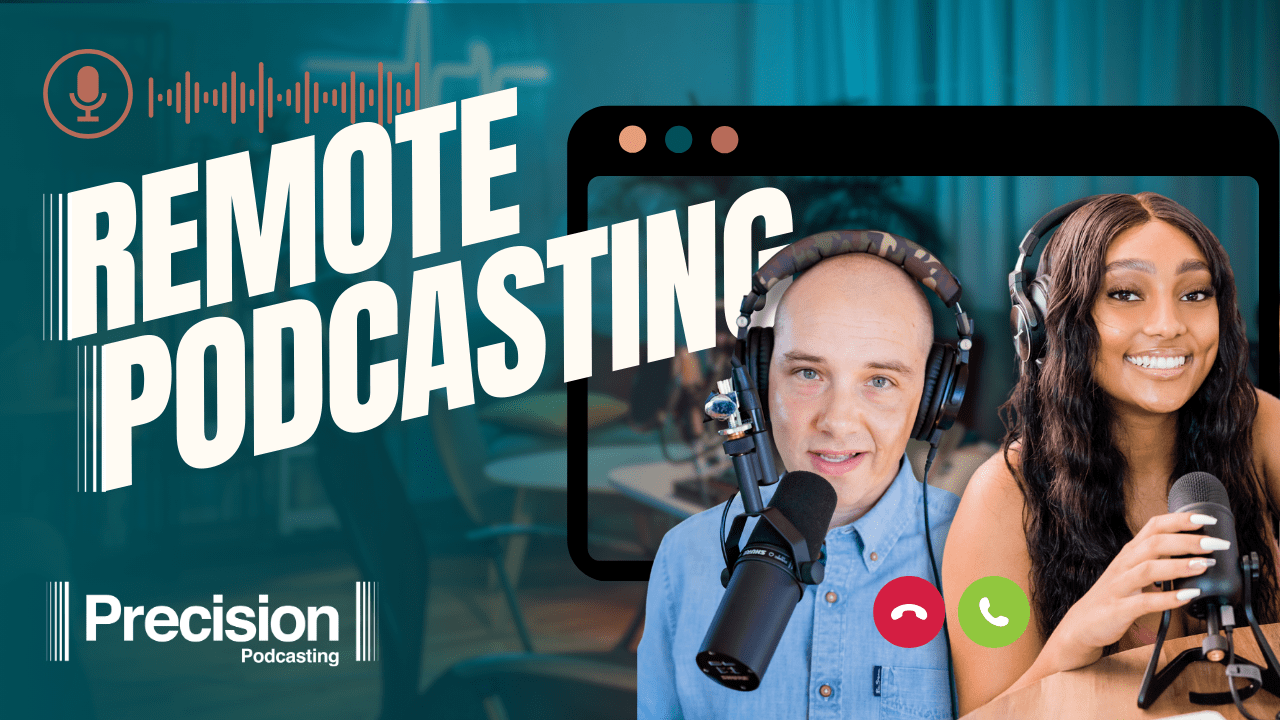
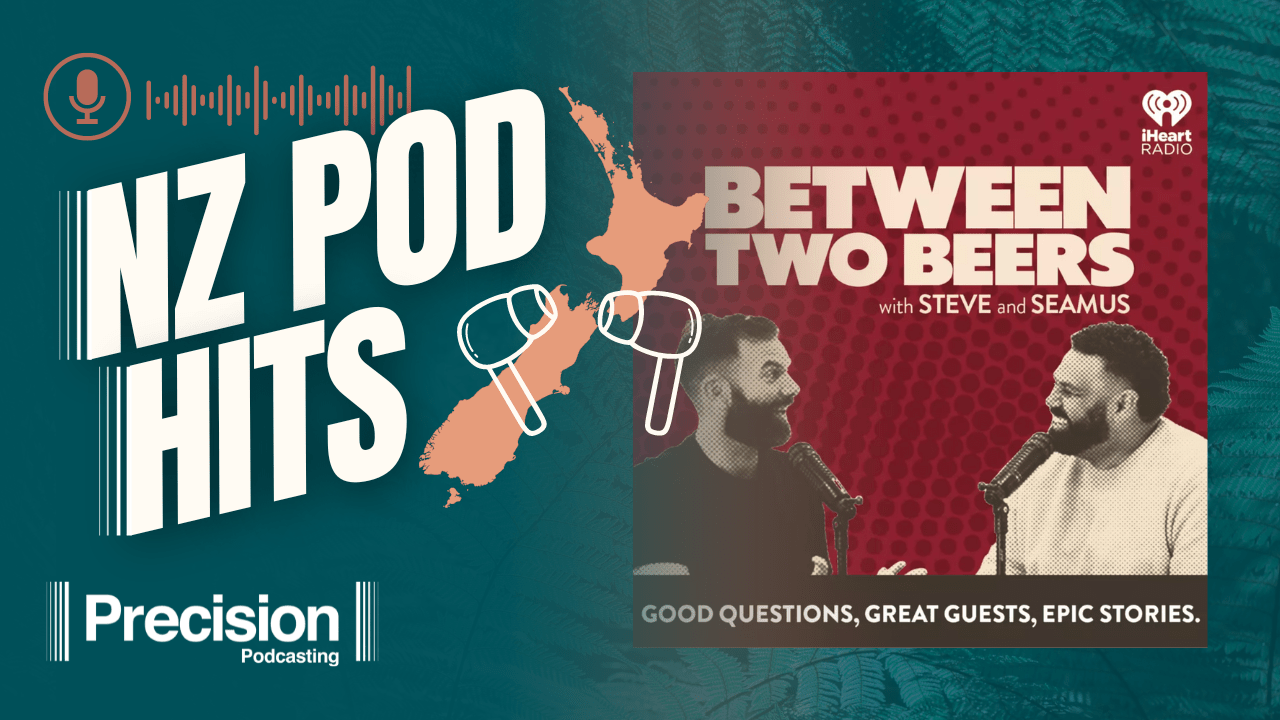
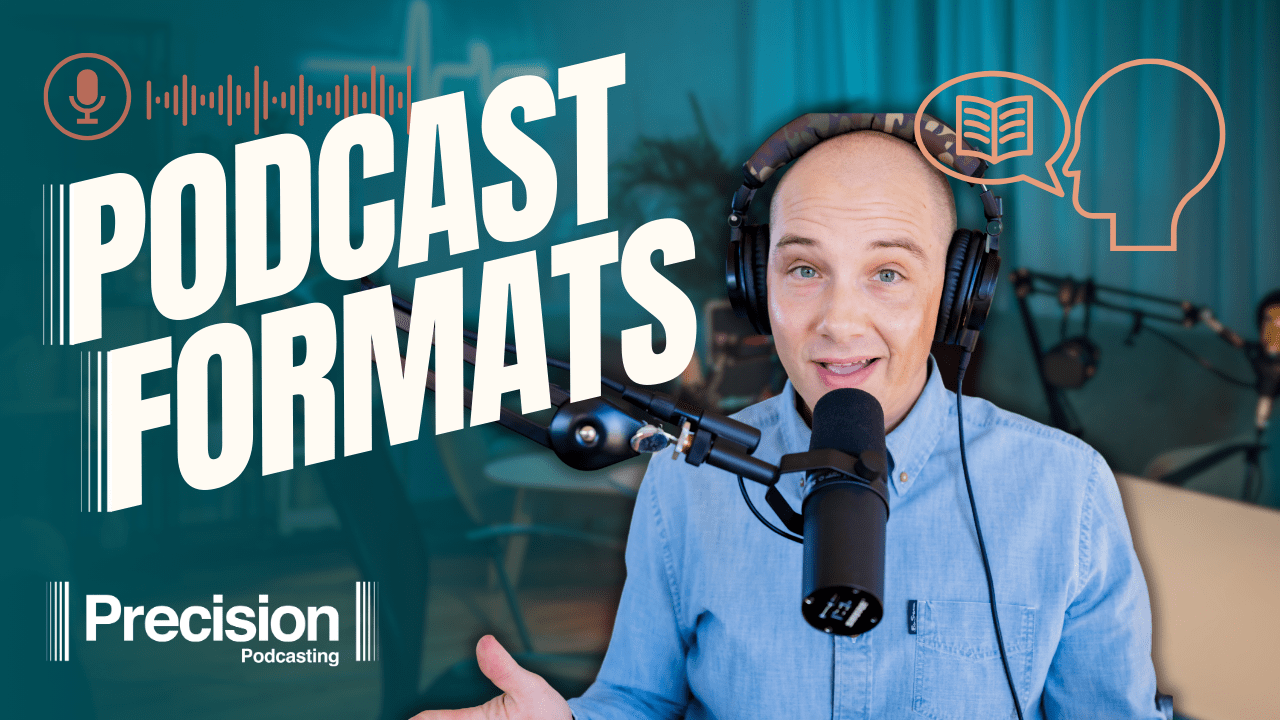
![10 Reasons to Launch a Business Podcast in 2024 [with NZ case-study]](https://images.squarespace-cdn.com/content/v1/6632edd588483f6e2a0bc4fa/1715541120046-G4ZOJ6L41KBUCY9A7GZS/Launch-a-Podcast-PrecisionPodcasting.png)
![The Power of Podcast Editing [with examples].](https://images.squarespace-cdn.com/content/v1/6632edd588483f6e2a0bc4fa/1715541140779-2O033HV3Z7EV0LYYJBET/Podcast-editing-PrecisionPodcasting.png)
